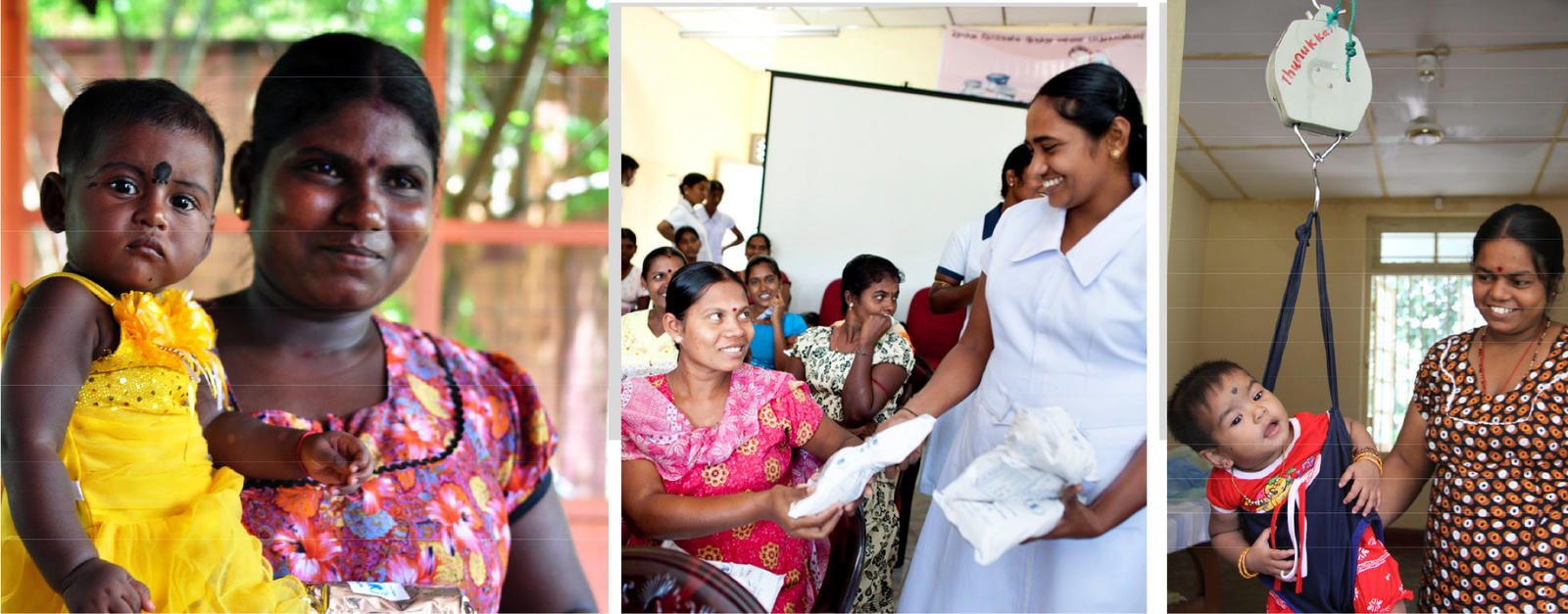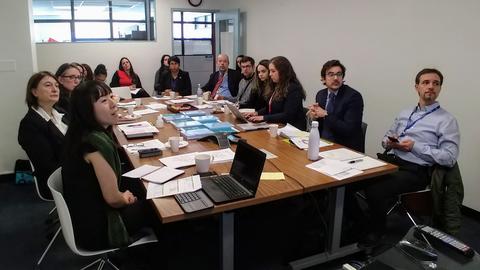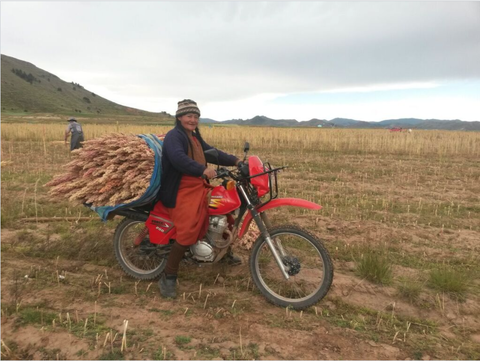June 28, 2018
Fortified rice improves nutrition in Sri Lanka
Sri Lanka has made great strides in improving the health and malnutrition of its residents. Thanks to its universal health and free education policies, it ranks among the South Asian countries with the best access to health and education, and has the region’s lowest rate of maternal and childhood deaths.
But despite great progress in recent decades, Sri Lanka still faces serious challenges when it comes to malnutrition, including micronutrient deficiencies among women and children. Chronic malnutrition rate is at 13 percent, and 1 in 5 children are acutely malnourished. Nearly 1 out of 5 babies are born with low birth weight. As a result of malnutrition, anemia is common; its rate exceeds 15 percent for children between 6 months and 5 years, and is nearly 32 percent for pregnant and lactating women.

There are several ways to tackle these and other nutrient and vitamin deficiencies, such as ensuring more people eat a range of healthy food; providing high doses of particular vitamins and minerals to specific populations; and food fortification.
An SDG Fund program launched in Sri Lanka in 2015 focuses on food fortification. “Scaling up Nutrition Through a Multi-Sector Approach,” done in partnership with the United Nations World Food Programme (WFP) and the Food and Agriculture Organization of the United Nations (FAO), focuses on fortification of the country’s staple food – rice.
The program aims to improve the government’s investments in food security and nutrition, and seeks to promote nutrition education among schoolchildren and teachers. Like all SDG Fund programs, it includes a gender lens; by focusing on women, the hope is to ensure children and entire households can access more healthy and nutritious food.

A number of projects have taken place as a result of the program, including a national workshop on food fortification, procurement of fortified rice kernels, and a pilot trial about the use of fortified rice among schoolchildren and households.
WFP has been working closely with Sri Lanka’s Ministry of Health to make changes to the locally-fortified food the government has been supplying. This includes making the product more nutritious, increasing supplies through better production efficiency, and improving the supply chain. A communication strategy is helping increase consumption and demand for healthy food.

Gender is the key lens for analyzing effectiveness of the program, which seeks to empower women to make positive changes for their children and households. Program surveys include pregnant and lactating women in order to determine how effective the program is at influencing changes among children and households. The FAO is working closely with Sri Lanka’s Ministry of Women and Child Affairs in order to educate and empower preschool teachers and other community workers who can raise awareness about proper nutrition.
By empowering women to buy and consume more nutritious foods, the hope is that the benefits will be transferred to entire households.






